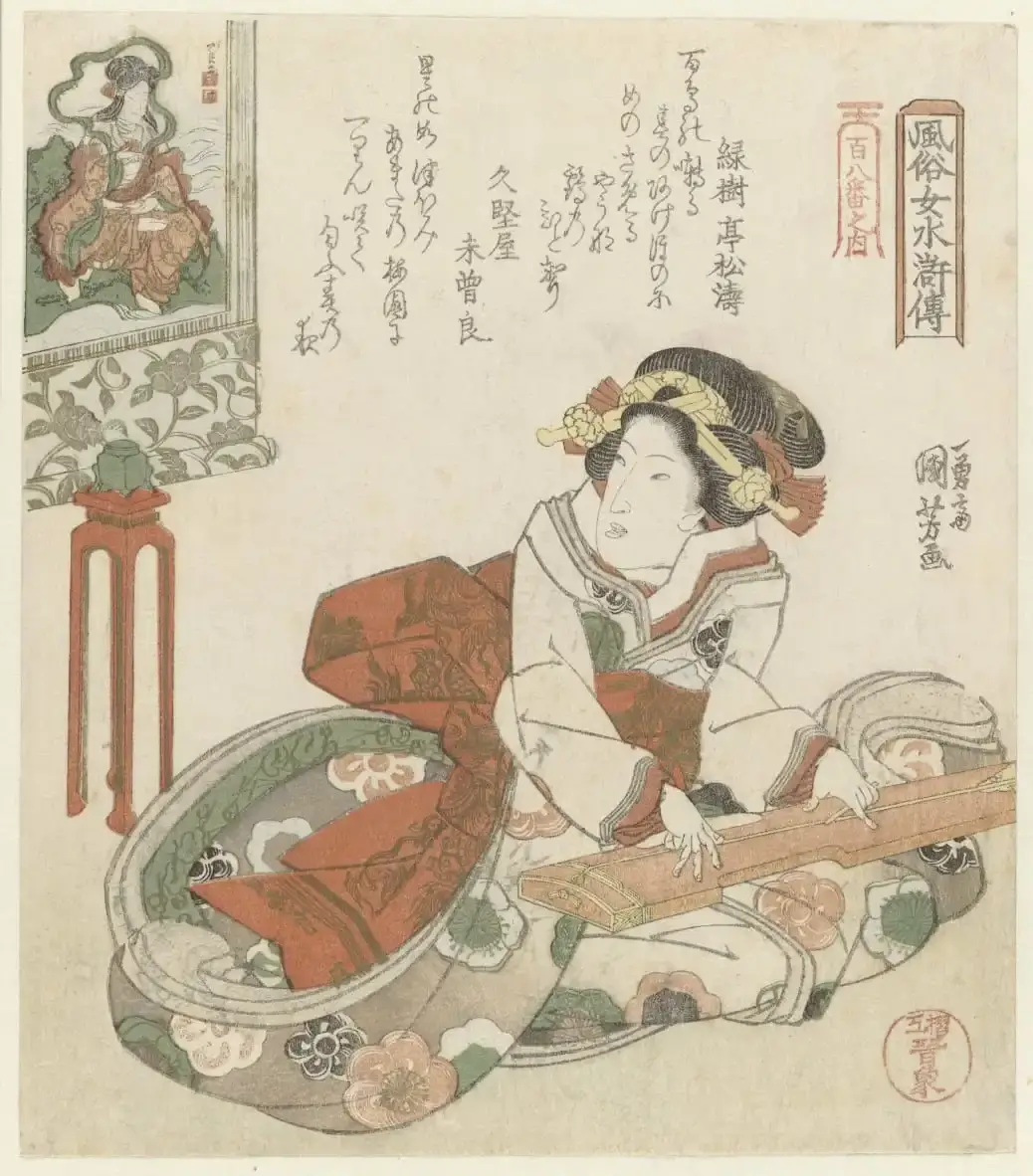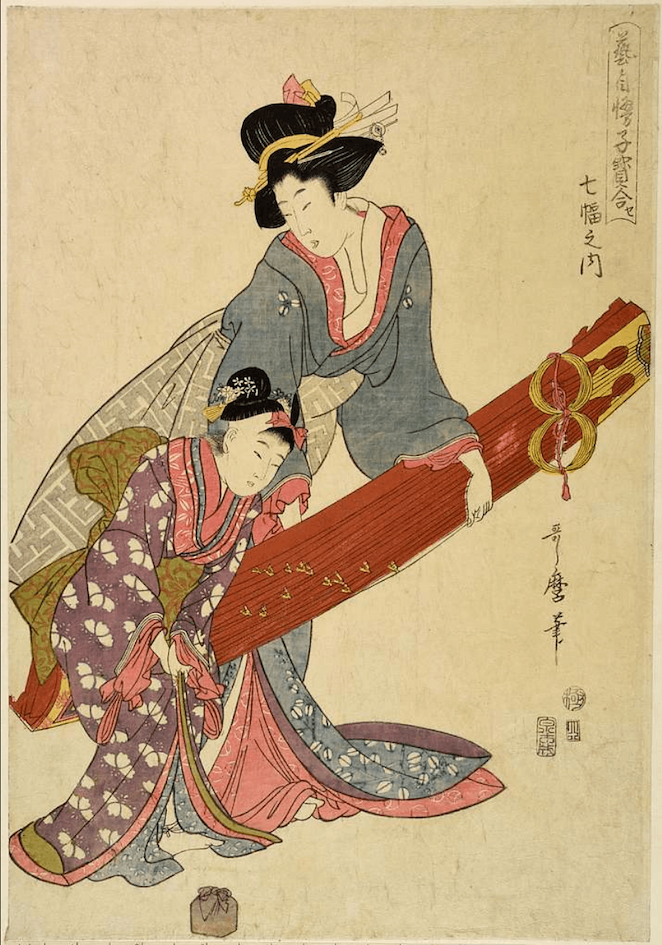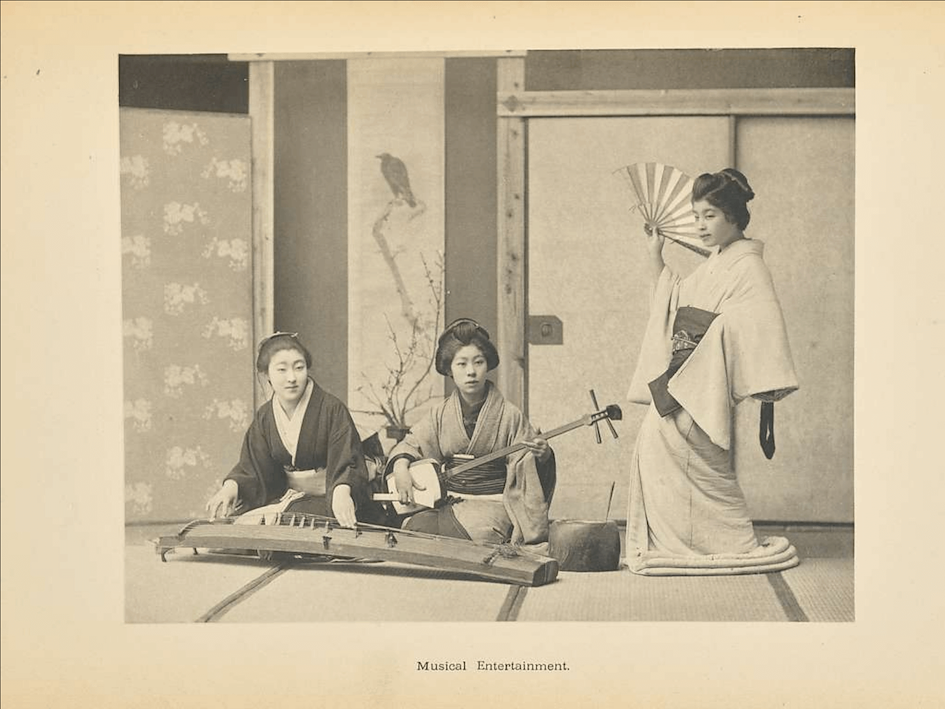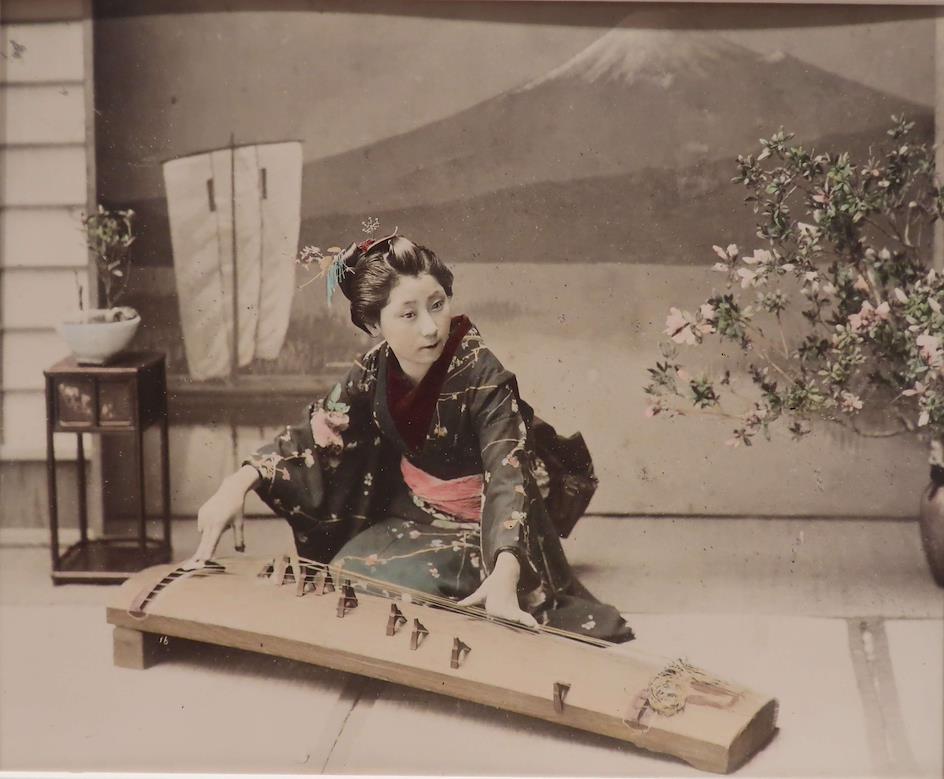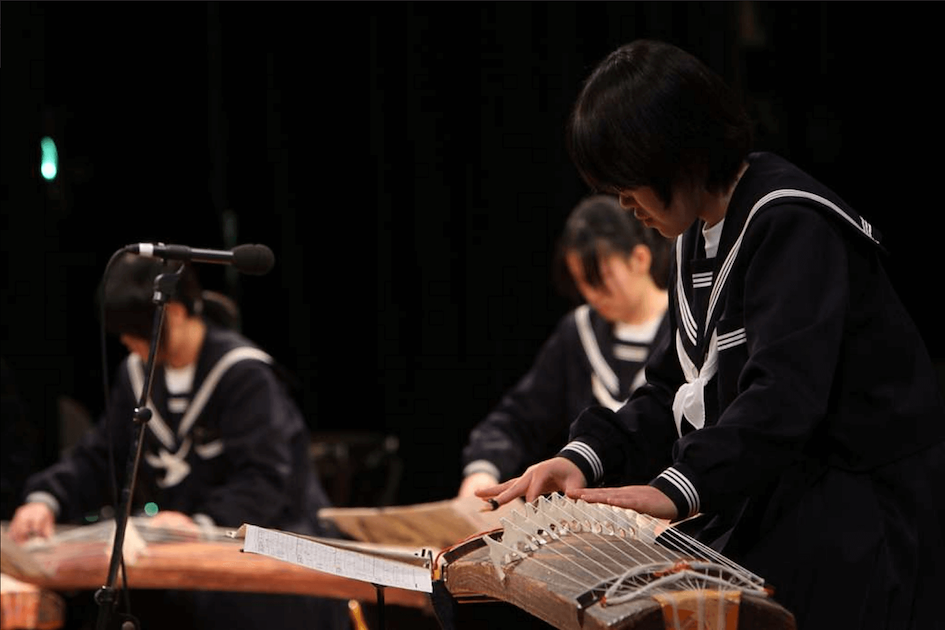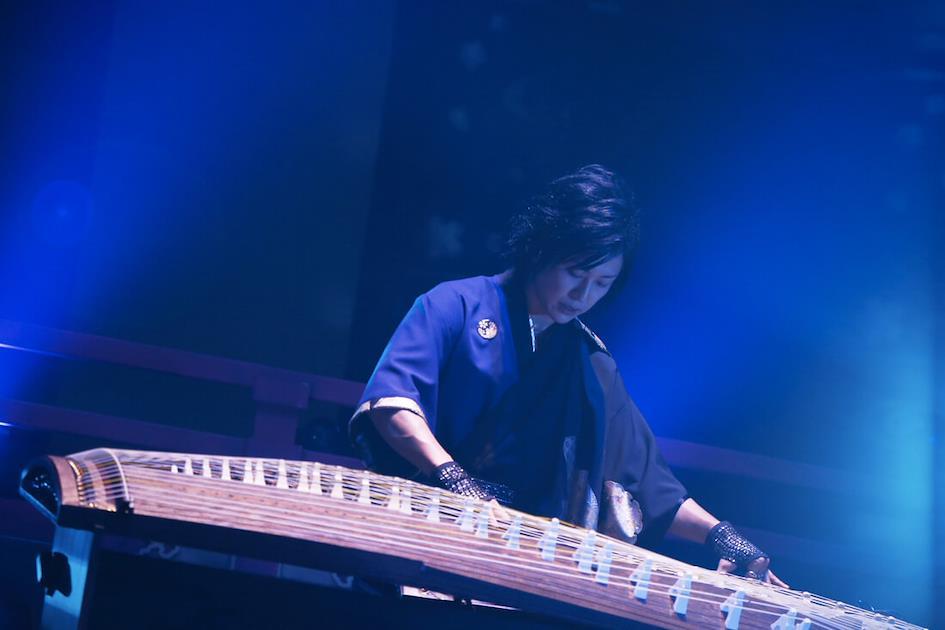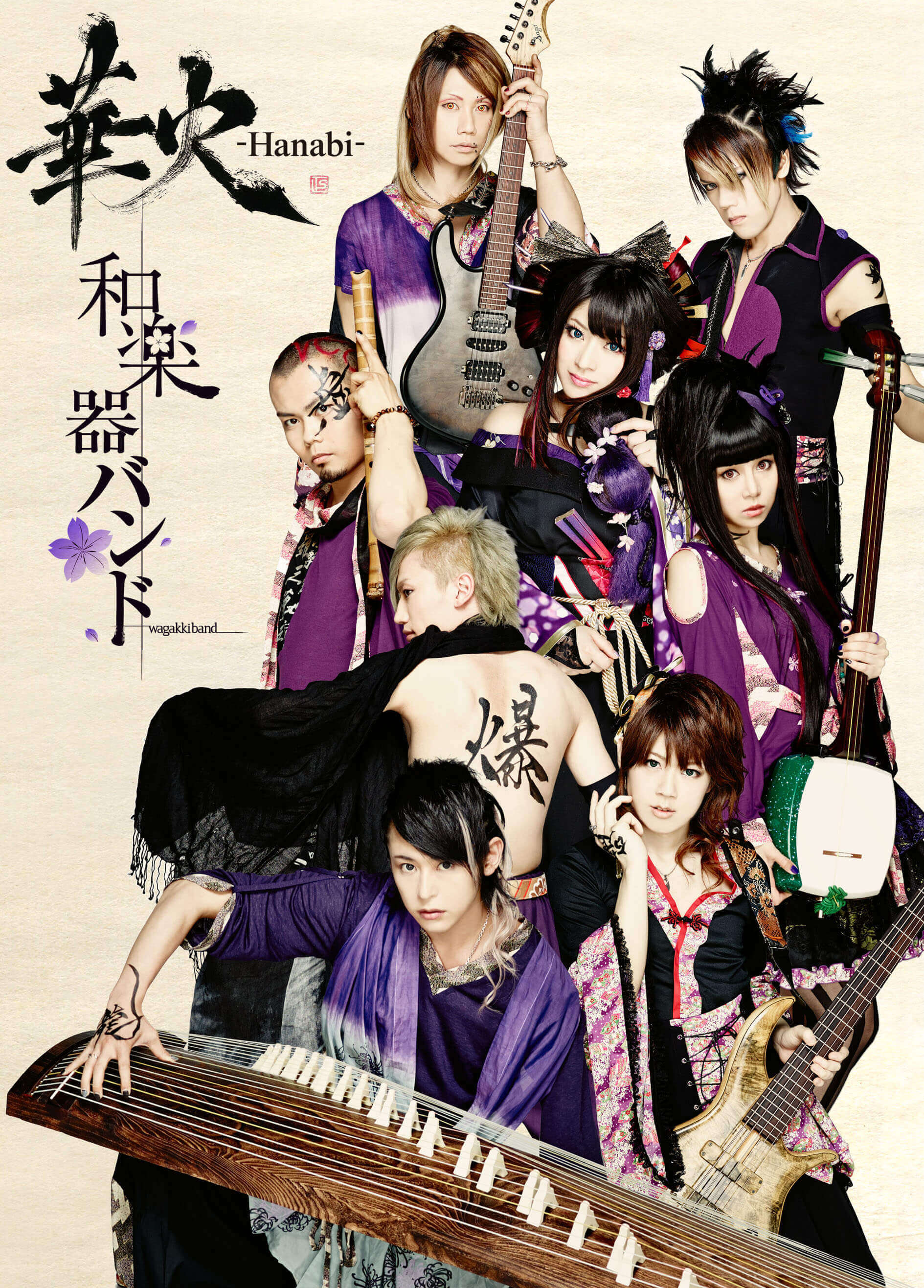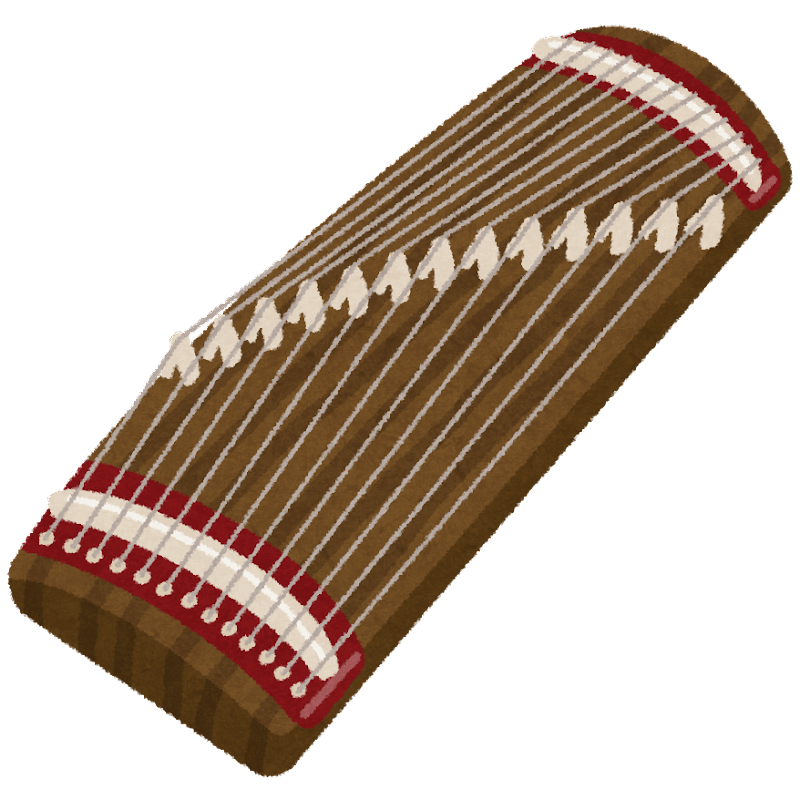[ad_1]
The Koto is Japan’s national instrument. It is a longboard zither that has 13 strings and a moveable bridge. The Koto has been present in Japan since the Nara period and has been used in solo performances and ensembles.
The Koto is around 160 to 200 centimeters long and about 30 centimeters wide. Its body is usually made with paulownia wood, while the moveable bridges are usually made of ivory.
The Koto’s tuning can be adjusted via the moveable bridges called ji. Koto players utilize various pentatonic (five-note) tunings depending on the genre.
Similar to a guitar, the Koto is played with picks called tsume. However, what’s unique with the tsume is that they are worn on the fingers of the right hand.
The Koto is played by strumming the strings using the right hand and pushing or pulling the strings using the left hand to alter the pitch or to create vibrato. The Koto’s physical structure and musical characteristics have become deeply engraved in the Japanese identity.
In addition to the regular 13-string Koto, there is also a 17-string Koto called the 十七絃 (“jūshichigen”) or 十七絃箏 (“jūshichi-gensō”). The 17-string Koto was invented by Miyagi Michio (1894–1956) from the Ikuta school. This variant of the Koto is used as a bass in orchestral performances.
History of the Koto
Origins of the Koto
Historians believe that the Koto originated from a Chinese instrument called the “guzheng”. The earliest incarnation of the Koto had five strings. Eventually, the Koto evolved into having more strings. Later variants had twelve and thirteen strings.
The thirteen-string Koto was the one that made its way into Japan during the Nara period (710-794). When the instrument first arrived in Japan, the word “Koto” was used as a generic term for any stringed instrument in Japan.
But as the number of stringed instruments in Japan grew, each stringed instrument present at the time got its name. Today’s modern Koto originated from the one used for Japanese Court Music called Gakuso.
Before the 20th Century, nearly all Koto music consisted of vocal pieces accompanied by the Koto. The lyrics usually referenced classical literature, such as the tale of Genji.
Also Read: Japanese Classical Literature: Mythical Creatures
Today’s Koto music is based on Yatsuhashi Kengyō’s music from the 17th Century. Yatsuhashi Kengyō is referred to as the father of Koto music. Thus, blind male Koto masters were referred to with the honorific “Kengyō”.
Most Koto learners at the time were young middle to upper-class women. Learning Koto was viewed before as essential training to become a good wife.
The oldest known Koto piece is the “Rokudan no Shirabe”. Unlike prior Koto songs, the Rokudan is a solo piece without vocal accompaniment.
During the 17th and 18th Centuries, the Ikuta and Yamada schools were established. Each school developed a distinctive Koto playing style that is still used today. The Ikuta school developed the kotoryû, while the Yamada school developed the flashier Yamada-ryû style.
Also Read: Traditional Musical Instruments From Japan
Koto During the Edo Period and Meiji Restoration
During the Edo Period, Japan became isolated from the rest of the world. Japanese at the time didn’t have a chance to listen to new music from other countries. There were few innovations in Japanese music during this period.
Most musical pieces were imitations or copies of existing songs, making Japanese Koto-based music sound almost identical. When the Tokugawa period ended and imperial rule was restored during the Meiji Restoration, Japanese music was changed and modernized.
Western music started heavily influencing Japanese music. Western-style songs were even added to the Japanese school curriculum.
As a result, the Japanese people started preferring Western-style music over traditional Japanese music and the Koto started losing its appeal to the Japanese people. The number of Japanese people listening and learning the Koto each year dwindled.
Shop Traditional Japanese Instruments
Revitalization of Japanese Koto Music
Despite the decline of the Koto’s popularity, Japanese musicians and composers were still interested in using the Koto for Japanese music. Instead of forcing traditional Koto Japanese music on the people, Japanese composers adapted and made Koto music more appealing to regular listeners.
A great example is Michio Miyagi, who composed over 500 musical pieces. Most of his songs utilized traditional Japanese instruments with newer playing styles influenced by Western music. He even invented the 17-string Koto, further revolutionizing the traditional Koto playstyle and expanding what is possible with Koto music.
Miyagi’s most famous work was Haru no Umi (Spring Sea), released in 1929. This song has become synonymous with the Japanese New Year. Even today, this song is heard on television and radio during the holiday.
Haru no Umi is well-known outside Japan. It has been transcribed for other instruments, such as violin, piano, orchestra, Chinese erhu, Korean kayagum, and many other foreign instruments.
Also Read: Introducing The Strange-shaped Japanese Shō Flute
Modern Japanese Koto Music
During post-war Japan, the Koto’s popularity continued to increase. Many traditional Japanese composers, such as Tadao Sawai, Shin’ichi Yuize, Minoru Miki, and Yutaka Makino, have continued creating new Koto pieces with modern innovations.
Tadao Sawai (1937-1997), in particular, was one of the most well-known Japanese composers during the late 20th century. He has created innovative pieces that manipulated the Koto in new ways. He has also written many pieces that became popular among newer and intermediate Koto players.
In 1964, the Nihon Ongaku Shudan, also known as Pro Musica Nipponia, was established by Japanese traditional music composers and performers. This group has helped push traditional Japanese music forward by incorporating non-traditional elements and instruments to create new music. Today, Pro Musica Nipponia tours globally, helping further spread Japanese music to the world stage.
In 1969, Composer Minoru Miki and Koto master Keiko Nosaka created the 20-string Koto known as the “nijûgen”. The nijûgen has the same range as the 13-string Koto and has been used alongside other instruments and Koto variants.
The Koto Today
Today, despite the different modern musical genres that are popular in Japan, the Koto is still a widely used and recognized instrument. Japanese musicians, such as Kazue Sawai, Michiyo Yagi, and the band Rin’, use the Koto for genres such as jazz and pop.
The Japanese group “Wagakki Band” have popularized using Japanese traditional instruments, including the Koto, to make unique-sounding rock songs. They even performed with Evanescence vocalist Amy Lee, further popularizing Japanese-style music to the global audience.
There are even American-raised Japanese that perform traditional instruments outside of Japan. American composer Miya Masaoka is a well-known example who plays a 21-string Koto.
Anime fans will also recognize the sound of the Koto and other traditional Japanese instruments in many popular anime. Naruto widely uses the Koto and other Japanese traditional instruments in its soundtracks.
Traditional Japanese Koto music can also be heard in a number of modern songs. Babymetal’s Megitsune has a part that is heavily based on the Japanese folk song “Sakura Sakura”.
Lastly, the Koto is now available for non-Japanese composers who do not own or have no access to the instrument. Various companies have digitally sampled the Koto, providing them to musicians and composers. These include the KOTO 17 Kontakt Library by Sonica Instruments and the Koto virtual instrument found in Apple’s Garageband.
[ad_2]
Source link


